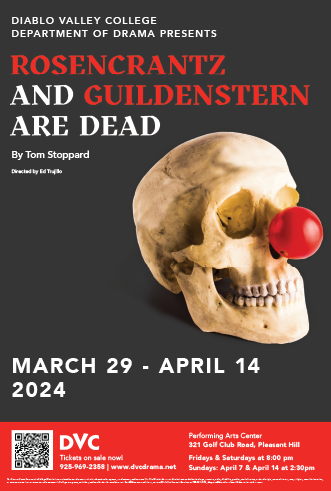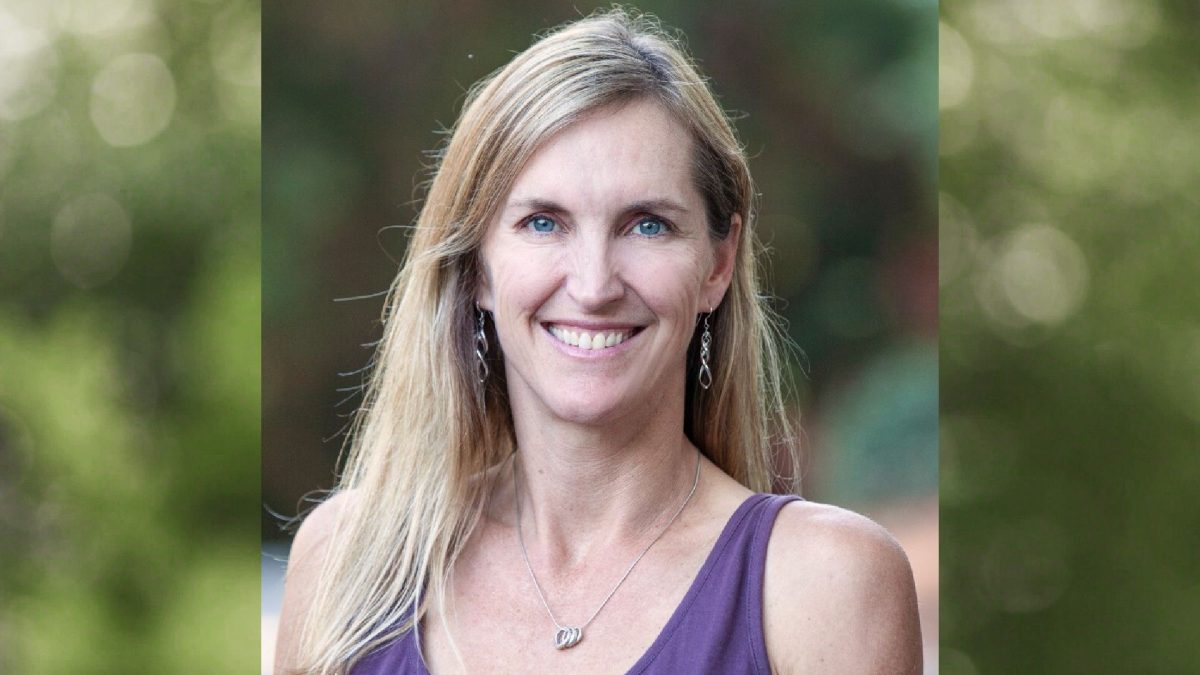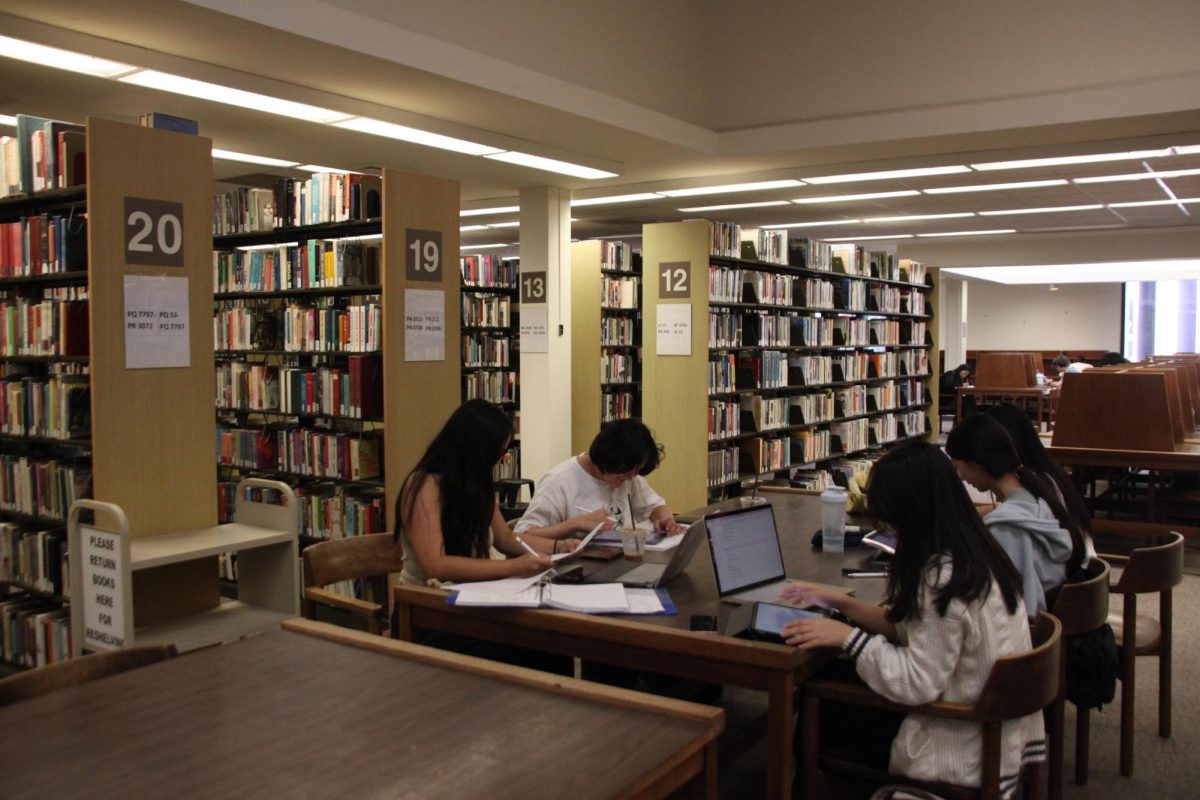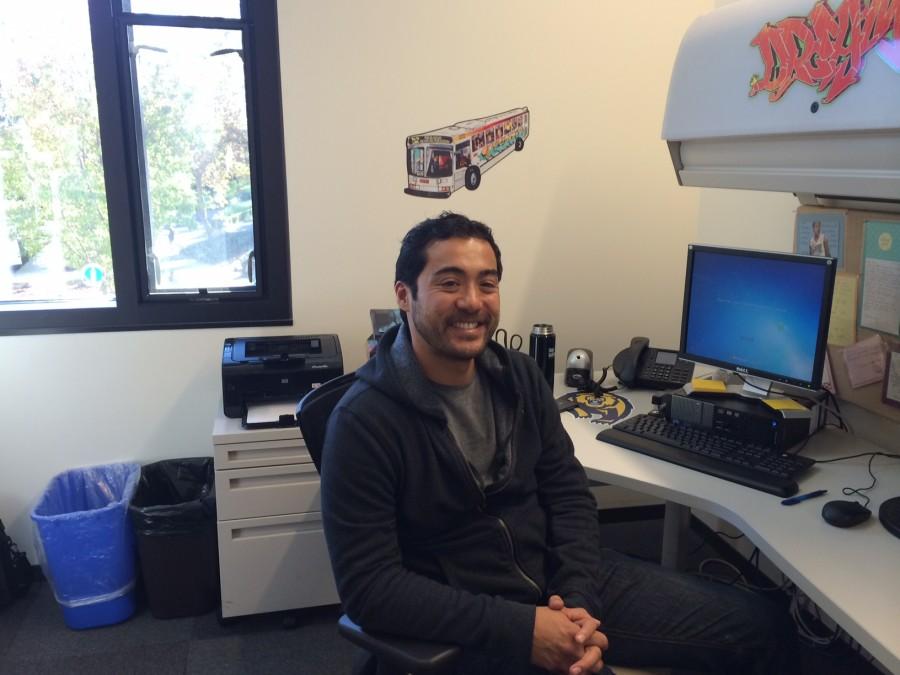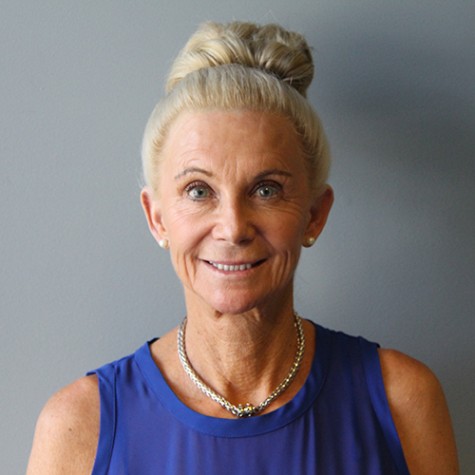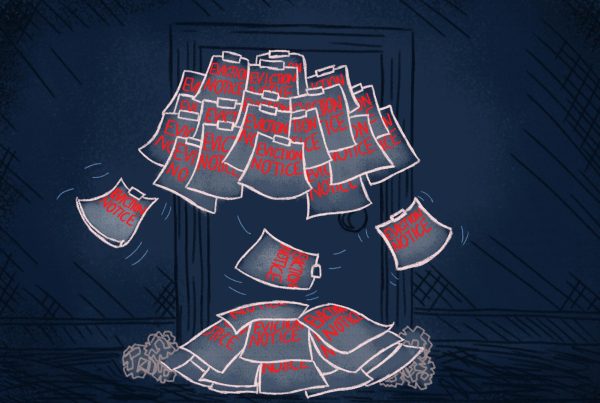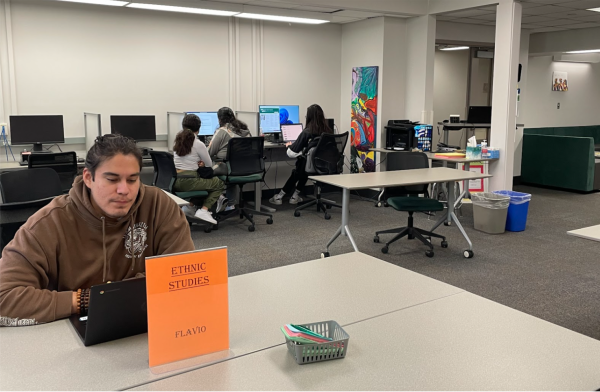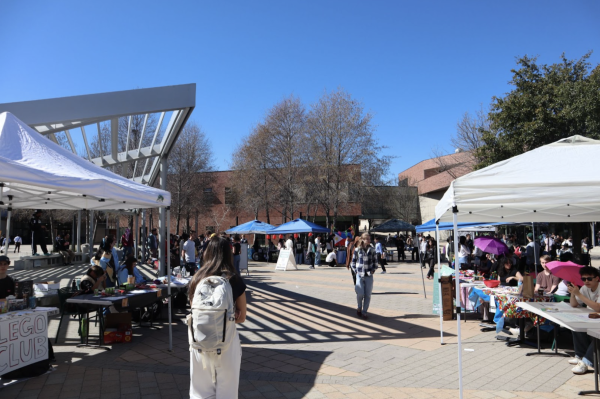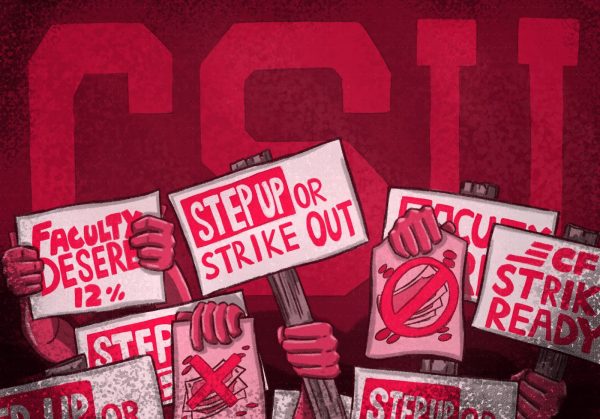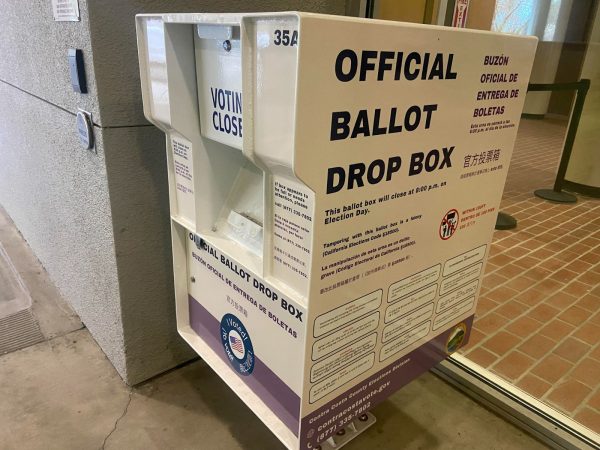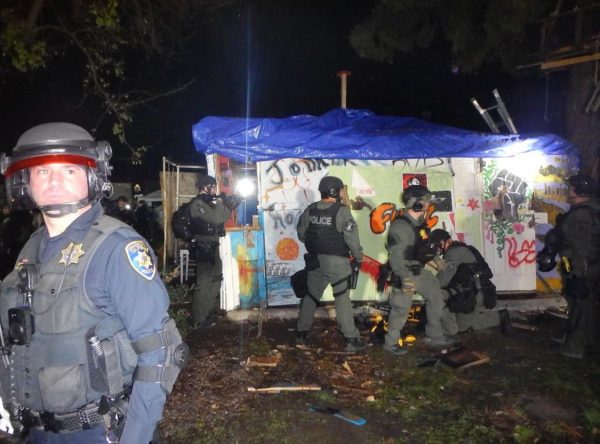College years can be risky
Ted Munoz Vice Chair of the Counseling Department at DVC answers questions about dangers facing college students at his office on the Pleasant Hill campus on October 21, 2015.
October 27, 2015
College may be the most dangerous period of a person’s life.
Approximately every two hours a person between the ages of 15 and 25 will commit suicide. The American Public Health Association has identified suicide as the leading cause of death among college students. Approximately 10 percent of college students have contemplated, or actually made a plan, to commit suicide. Statistics show that the suicide rate among young people 15-25 have tripled since the 1950’s.
Anxiety and depression top the list of mental health diagnoses among college students. A staggering 80 percent of college students report that they feel overwhelmed by their responsibilities and 36.4 percent experienced some level of depression in 2013. Diablo Valley College student Amber Daniels, 20, confirms that school and work have caused her to feel overwhelmed. DVC Vice Chair of Counseling Ted Munoz explained that based on his 7 years of experience as a counselor for community college students, anxiety and depression is an issue that can interfere with academic performance.
Experts report that 80 percent of college students drink alcohol and approximately 50 percent of those are binge drinkers. Compared to the early 1990s, hundreds of thousands more college students today are abusers of prescription drugs and those using marijuana on a daily bases has doubled to nearly 4%. The number of college students who can be medically defined as having a substance abuse problem is triple the rate of the general population.
It is clearly documented that 1 in 5 college students is subjected to some form of sexual assault during their college career. This statistic is even more shocking in light of the ACLU’s estimate that 95 percent of campus rapes are not reported. While women are overwhelmingly the victims of these attacks, approximately 10 percent of these incidents involve attacks on males. Transgender students are vulnerable to all kinds of violent attacks in college.
The National Institute of Mental Health reports that up to 25 percent of college students have experienced an eating disorder, yet most of these students receive little or no medical attention. This is particularly disturbing because eating disorders have the highest mortality rate of any psychiatric illness and a suicide rate 50 times that of the general population.
Sexual experimentation is often a part of the college experience and unsafe sex practices have yielded 25 percent of the college student population infected with an STD (sexually transmitted disease.) The Center for Disease Control predicts that almost 50 percent of the 20 million new cases of STDs will occur among 15-24 year olds.
Other serious dangers that are part of the college experience include bullying, guns on campus, theft of personal property and weight gain due to poor eating habits and a lack of exercise.
Experts offer a range of explanations for why college is so dangerous. Awareness of these dangers is the first step toward protecting one’s self against them. Leslie Garcia of the Contra Costa Crisis Center advises college students “to develop good self care habits and learn when to seek outside help.”



















